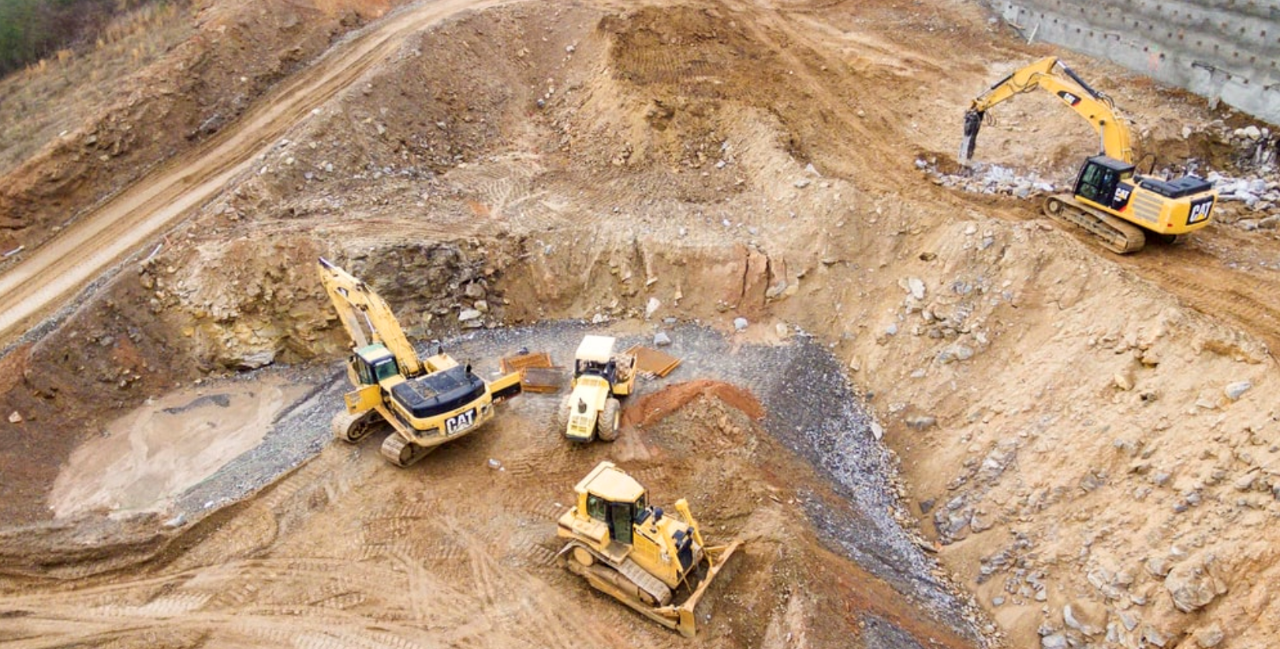Africa’s growth in 2019 is set to be cut widely from +2.8% in previous estimates to just +2% due to abnormally low rains in various parts of the continent, especially in the east, south and north. This has two consequences: (i) Agricultural output and exports will be hit hard and, in some cases, these countries will even need to import (particularly grain). (ii) Low water resources will constrain power generation, acknowledging the fact that hydropower generation in Africa is above the world average. As a consequence, countries with energy-intensive sectors (e.g. mining) will feel the pain. It can also contribute to a risk of social discontent and/or to fiscal sustainability in highly subsidized countries, which is already the case in Sudan, Algeria or Zimbabwe (see WERO 17 April 2019). More generally, it also shows how deep the gap between growth plans and current water resources capabilities can be (see WERO 21 March 2019). Among others, rains below normal are fundamental drivers triggering growth revisions in 2019 for South Africa, Morocco and Zambia (to 0%, +2%, and +1.5%, respectively).
















